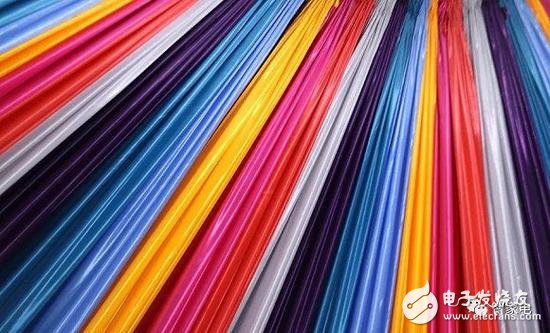Looking back now, 8K has become more of a "scorpion" and "prop" in some color TVs, rather than a genuine technological breakthrough. It's not about whether 8K TVs will become mainstream or take over the market, but rather that it has become a narrative for certain companies to create buzz and imagine future possibilities.
The evolution of TV display technology has always been like the waves of the Yangtze River—some technologies rise and dominate for years, while others fade quickly. It’s safe to say that the iteration of color TV products and technology is one of the most dynamic in the entire home appliance industry. In recent years, as the demand for ultra-clear and high-quality visuals grows, 4K and even 8K TVs have become hot topics.
However, despite over four years of development, 4K TV hasn’t lived up to its expected market potential. Even with support from both panel manufacturers and TV brands aiming to boost profits, the demand for 4K panels remained strong in 2018—not just in large or 50-inch TVs. According to reports, the share of ultra-high-definition TVs is expected to reach 99% for the first time this year in the 60-inch and larger TV market.

Although the market is growing rapidly, the results may still fall short of expectations. According to data from the China Electronics Video Industry Association, by the end of this year, the 4K TV penetration rate in China is expected to hit 58%. Another report suggests that the global 4K TV penetration rate will rise from 30% last year to over 40% in 2018. In other words, even though 4K TVs are widely promoted, they haven't yet sparked a true market boom.
The main reason is that while the benefits of 4K TVs are clear, upgrading the entire industry chain takes time. From chips and display panels to video production equipment, storage devices, content creation, network transmission, and final user devices—all need to be restructured. As a result, even if 4K TVs gradually gain popularity, the imperfect 4K video ecosystem limits the user experience.
In China, the situation is particularly challenging. There are only around 2,000 hours of real 4K content available in the market, but to run a dedicated 4K channel, at least 3,000 hours of content and over 300 hours of monthly updates are required. Therefore, no official 4K channel has launched yet. Additionally, current domestic cable TV networks do not support 4K digital signal playback.
These are all the "roadblocks" facing the 4K video industry model. While the government is actively pushing for top-level planning and accelerating industrial improvements, it's optimistic that within three years, 7% of TV penetration could reach 71%, creating more enthusiasm in the industry.
The path to 4K TV adoption is still long, let alone 8K. During the 2016 Rio Olympics, Japan's NHK broadcast the opening and closing ceremonies using 8K signals, making the term "8K" go viral. Alongside 8K panels, 8K TVs gained attention. BOE and AU Optronics have started shipping 8K panels, showing strong confidence in the trend. TV manufacturers have also been active—Sharp was the first to launch consumer-grade 8K TVs, followed by Samsung, LG, Hisense, and Sony.
Third-party analysts predict that the share of 8K TVs in the 60-inch and larger segment will rise from 1% in 2017 to 9% by 2020. The numbers look promising, but like 4K, the panel and TV equipment are just part of the equation. The real development of 8K TVs will also depend on the entire industry chain. Can content keep up? What about transmission infrastructure? Until these issues are resolved, consumers may find 8K TVs to be an expensive luxury rather than a practical upgrade.
Safety Light Curtain,Safety Curtain,Laser Safety Light Curtain,Safety Optic Light Curtain,Security Light Curtain,Press Brake Safety Light Curtains
Jining Keli Photoelectronic Industrial Co.,Ltd , https://www.sdkelien.com